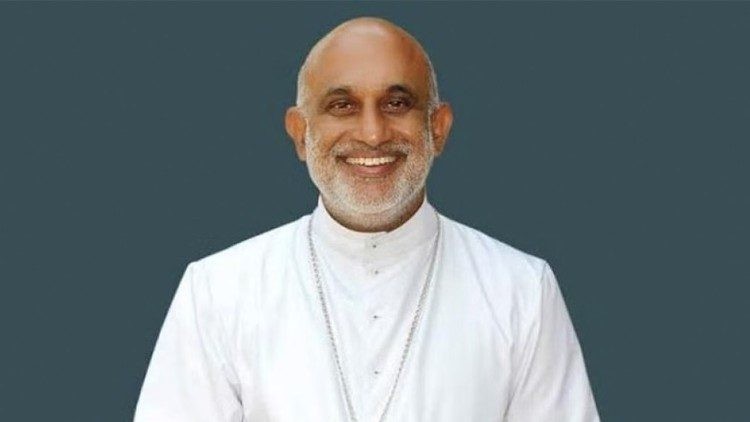A glimpse of the Syro-Malabar Church
The Syro-Malabar Church – one of the largest Eastern Churches in full communion with Rome – has elected a new “Head and Father”, Major Archbishop Raphael Thattil. To find out more about the Church, we spoke with Fr Clement Padathiparambil, Co-Ordinator General of the Syro-Malabar faithful in Europe.
By Christopher Wells
With almost five million faithful, the Syro-Malabar Church is the second-largest Eastern Church in full union with Rome. Tracing its origins to the Apostle Saint Thomas, the Church takes its name from its use of the East Syriac Liturgy (The Divine Liturgy of Addai and Mari) and its use of a Syrian dialect as its liturgical language, and from its origins in “Malabar”, now the Indian state of Kerala.
Earlier this week, the Syro-Malabar Synod of Bishops elected a new Major Archbishop, Raphael Thattil, who, with the Pope’s confirmation, became “Father and Head” of the self-governing (“sui iuris”) Church.
“The head is one who leads the people… the father is one who cares and shares and prays,” says Father Clement Padathiparambil, the Co-Ordinator General of the Syro-Malabar faithful in Europe, who came to the offices of Vatican Radio to tell us more about his Church.
“The Syro-Malabar Church is a sui iuris Church,” he explains. “It is an autonomous Church with its own history, its own liturgy, its own spirituality, tradition, theology; and, of course, in communion with all the oriental Churches, we have the canonical discipline.”

A migrant Church
Father Clement goes on to say that the Syro-Malabar Church is a missionary Church. “And it is also a migrant Church, because one-third of the Syro-Malabar Catholics are outside of Kerala.” He notes that there are more Eparchies (or Dioceses) outside of Kerala than there are in the state, mentioning communities in the United States, Canada, Great Britain, Australia, and continental Europe.
He notes the “huge” influx of migrants to places such as Italy, Ireland, and Germany, as well as Eastern European countries including Latvia, Georgia, and Armenia.
“It is a great, tough task for the Syro-Malabar Church to care for the migrant Church,” says Fr Clement.
A missionary Church
However, he continues, it is also a missionary Church. “Regarding what I said about the missionary Church outside of Kerala, especially in north India, we have a lot of migrant people” working in different parts of the country.
Father Clement, notes, too, that, like the Latin Church, the Syro-Malabar Church has “a lot” of missionaries who “have gone to different parts of the world, working in Latin congregations, Latin religious institutes as religious brothers and sisters.”
So, he says, “I am very proud of the Syro-Malabar Catholic Church, which has its origin back in 52 AD when St Thomas preached Good News to us.”

